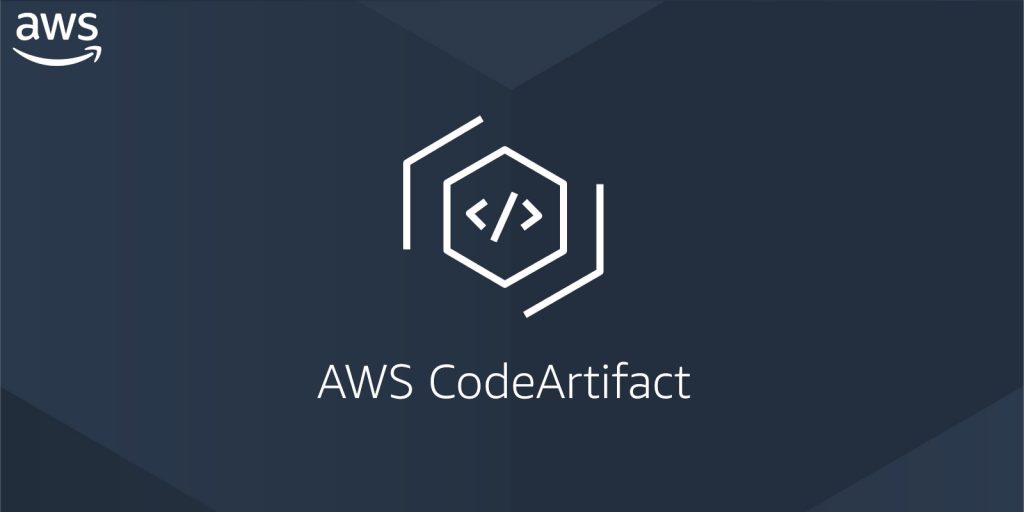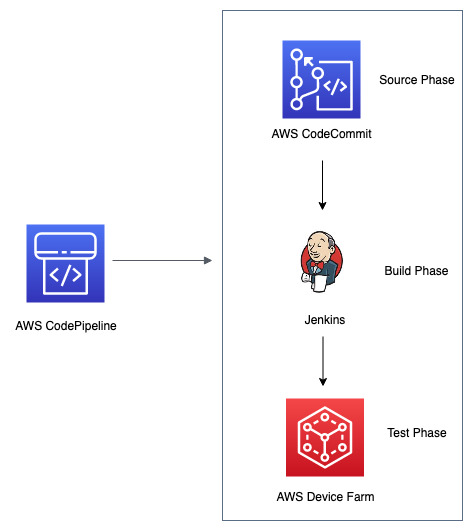AWS DevOps & Developer Productivity Blog
AWS CodeArtifact and your package management flow – Best Practices for Integration
You often use artifact repositories to store and share software or deployment packages. Centralized artifacts enable teams to operate independently and share versioned software artifacts across your organization. Sharing versioned artifacts across organizations increases code reuse and reduces delivery time. Having a central artifact store enables tighter artifact governance and improves security visibility. This post […]
Fine-grained Continuous Delivery With CodePipeline and AWS Step Functions
Automating your software release process is an important step in adopting DevOps best practices. AWS CodePipeline is a fully managed continuous delivery service that helps you automate your release pipelines for fast and reliable application and infrastructure updates. CodePipeline was modeled after the way that the retail website Amazon.com automated software releases, and many early […]
Automated code reviews on Bitbucket repositories and other enhancements in Amazon CodeGuru
This post covers the support for the Atlassian Bitbucket Cloud source repository for Amazon CodeGuru Reviewer, which was recently announced. It also delves into new functionalities introduced to enhance the developer experience in CodeGuru Reviewer. CodeGuru Reviewer is a machine learning-based service that scans your pull requests and gives you recommendations against your source code […]
Building and testing iOS and iPadOS apps with AWS DevOps and mobile services
Continuous integration/continuous deployment (CI/CD) helps automate software delivery processes. With the software delivery process automated, developers can test and deliver features faster. In iOS app development, testing your apps on real devices allows you to understand how users will interact with your app and to detect potential issues in real time.
Using AWS CodeBuild to execute administrative tasks
This article is a guest post from AWS Serverless Hero Gojko Adzic. At MindMup, we started using AWS CodeBuild to quickly lift and shift support tasks to the cloud. MindMup is a collaborative mind-mapping tool, used by millions of teachers and students to collaborate on assignments, structure ideas, and organize and navigate complex information. Still, […]
Deploying a ASP.NET Core web application to Amazon ECS using an Azure DevOps pipeline
For .NET developers, leveraging Team Foundation Server (TFS) has been the cornerstone for CI/CD over the years. As more and more .NET developers start to deploy onto AWS, they have been asking questions about using the same tools to deploy to the AWS cloud. By configuring a pipeline in Azure DevOps to deploy to the […]
Enhancing automated database continuous integration with AWS CodeBuild and Amazon RDS Database Snapshot
In major integration merges, it’s sometimes necessary to verify the changes with existing online data. To inspect the changes with a cloned database can give us confidence to deploy to the production database. This post demonstrates how to use AWS CodeBuild and Amazon RDS Database Snapshot to verify your code revisions in both the application […]
Automating your API testing with AWS CodeBuild, AWS CodePipeline, and Postman
Today, enterprises of all shapes and sizes are engaged in some form of digital transformation. Many recognize that successful digital transformation requires continuous evolution powered by a robust API strategy. APIs enable the creation of new products, improvement of the customer experience, transformation of business processes, and ultimately, the agility needed to create sustainable business […]
Monitoring and management with Amazon QuickSight and Athena in your CI/CD pipeline
One of the many ways to monitor and manage required CI/CD metrics is to use Amazon QuickSight to build customized visualizations. Additionally, by applying Lean management to software delivery processes, organizations can improve delivery of features faster, pivot when needed, respond to compliance and security changes, and take advantage of instant feedback to improve the […]









